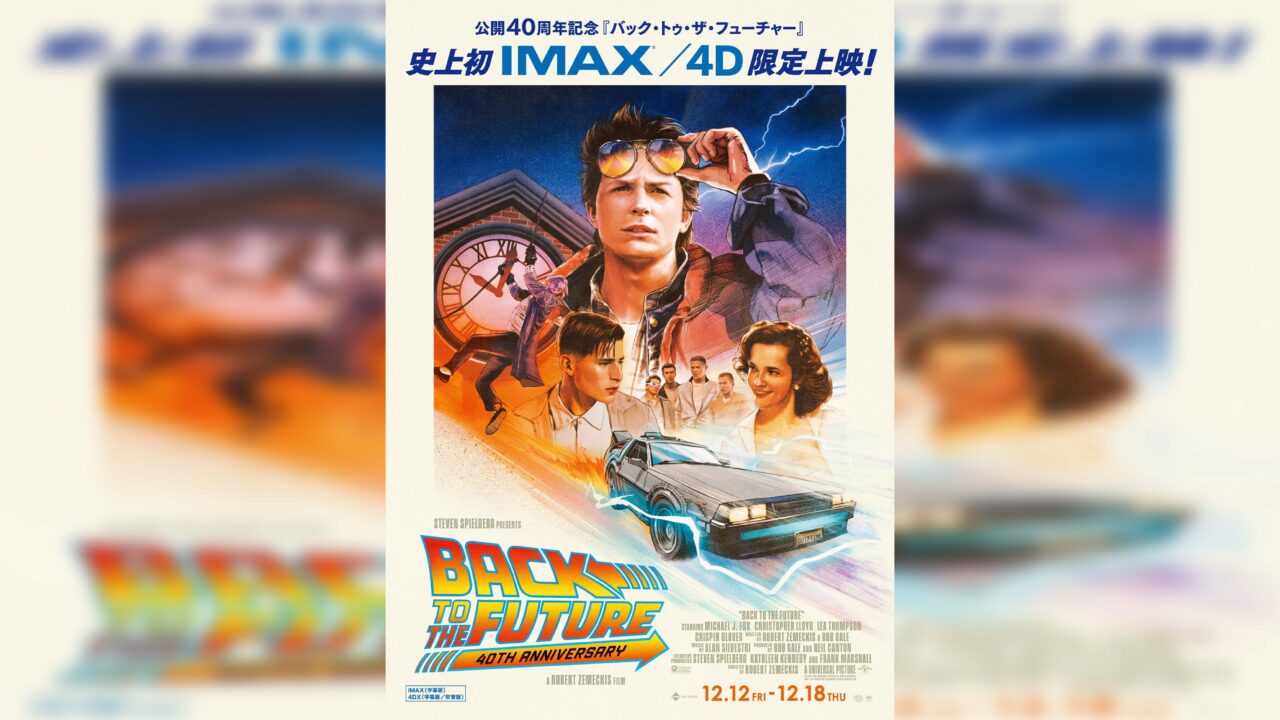A circle of friends connected by goo touch! The “FIST BUMP” corner of the radio program “GRAND MARQUEE” features people who live and enjoy Tokyo in a relay format.
On September 28, Masanao Amano, editor-in-chief of the magazines “Kikan esu” and “Small esu”, was introduced by Otomo Katsuhiro researcher Junya Suzuki. While working on a magazine that introduces illustrators from a wide range of genres, we asked Mr. Amano, who was in charge of Yusuke Nakamura’s art collection of ASIAN KUNG-FU GENERATION’s CD jackets, about the birth of “S” Quarterly and “Small S,” and the history of collaboration between illustration and music.
INDEX
How “Kikan esu” a magazine covering illustrations, was created
Celeina(MC): Could you explain again what kind of magazines “Kikan esu” and “Small esu” are, which overlap with the history of illustration in Japan?
Amano: “Kikan esu” is a magazine that covers illustrations, manga, and anime, and its sister magazine “Small esu” is a book that elementary and junior high school students read, which recommends “Let’s draw pictures” to young people who want to draw pictures.
Takano (MC): What kind of illustrators are featured in “Kikan esu”?
Amano: For example, from those who design characters for games and animation to those who draw pictures for picture books, advertisements, CD jackets, videos, and music videos. Most of the people who draw the visuals participate.
Celeina:How did you become interested in illustration?
Amano: I originally worked for a publishing company that produced a magazine called “Bijutsu Techo,” which mainly dealt with contemporary art. There, I found that students who wanted to draw pictures were surprisingly influenced by manga and anime, not contemporary art, and there was momentum to introduce such fields to aspiring artists. I felt that illustration, in particular, is similar to fine art in that it condenses the stories and themes expressed in manga and anime into a single picture as a worldview, so I decided to actively introduce it to them.
Takano: So it is not because you yourself like illustrations so much, but rather because you see the trend of the times and decided to engage in this kind of activity?
Amano: Yes, that’s right. It started as a magazine to cover manga artists, but as the times were changing, great talent was gathering among illustrators. So I wanted to focus not only on manga artists, but also on illustrators as expressive people.
INDEX
Combination of illustration and music
Celeina:I picked up some of Amano-san’s work related to music. First of all, you were in charge of editing the art book of Yusuke Nakamura, the artist who created the CD jackets for Ajikan, weren’t you?
Originally, Mr. Nakamura was a music lover, and since he was a student, he often drew flyers and other music-related things. When Mr. Nakamura met Ajikan, they were just starting out together, and the first time he went to an Ajikan concert, there were only a few people in the audience. But from that time on, Mr. Nakamura liked Ajikan, and Mr. Goto of Ajikan also liked Mr. Nakamura’s drawings. They talked to each other about the possibility of being in charge of the jackets for their albums when they came out, and Mr. Nakamura ended up drawing the jackets for their major label debut mini-album “Hōkai Amplifier” and their first album “Kimi Tsunagi Five M”. At the same time that Ajikan was making its major debut, Mr. Nakamura also became known to the world as an illustrator, and we watched the development of both of them in such a way that they became well known.
I had a connection with Mr. Nakamura when he was a student and contributed illustrations to our magazine (“Comickers,” the predecessor of “Kikan esu”). I saw the jackets of Ajikan painted by Mr. Nakamura at a record store and thought, “I want to interview him!”. I was deeply impressed by the connection that when our own magazine came out and developed, both Mr. Nakamura and Ajikan became known to the world, and eventually published a book of their paintings. Reviewing your work again, I was struck by the ideal collaboration between music and painting.

Takano: If you say so, it is indeed a very famous combination of illustration and music.
Celeina: Typical!
Takano:In some aspects, music jackets have become a medium or a place for illustrators to showcase their work.
Celeina:Amano-san’s editorial department has also published an animation book that delves into the process of completing “Baby I love you, man,” a special animation directed by Rie Matsumoto and with a theme song written by BUMP OF CHICKEN for Lotte’s 70th anniversary. You are also in charge of an illustration book and next month’s exhibition by illustrator Chachagoma, who has created illustrations for music videos and goods of very popular singers such as Mafumafu and Amatsuki.

INDEX
Cross-culture between illustration and music is unique to Japan
Takano: I would like to ask you about vocaloid culture.
Amano: In terms of music and visuals, MTV-style music videos with musicians performing have been the mainstream, and there have always been works using animation, such as the collaboration between BUMP and Matsumoto. Apart from such projects, at some point it became easier for grassroots, creative people using the Internet to present their works. There, I think that because it was originally Vocaloid that sang, there was a feeling that it would be better to create a character for the work or ask an illustrator to draw a visual for it, rather than having myself appear and play in the video, so that the world of the song could be conveyed more. In Japan, the culture of manga, anime, and illustrations is very prevalent, so I wanted to express the worldview of the song through images featuring such characters. I thought it would be possible to embody the world of the song more faithfully than my own image. I think this trend has continued to develop in the Vocaloid culture, which is why we are where we are today.
Although Mafumafu showed up himself and even participated in the Kohaku Uta Gassen, he still ask Chachagoma to do his illustrations, and that relationship has continued for a long time. Chachagoma will be holding an exhibition in October, and many people have come to know Chachagoma’s art from the music. Perhaps the idea that the characters can represent the world of the music is connected to the current trend of VTubers, where the characters act as avatars.

Celeina:Because illustrators and people doing music have connected and created a bridge between the two, fans can come and go in either direction, so it seems like the field is getting bigger and bigger.
Amano: That’s right. Since the fans of both parties are combined, that’s another big thing.






















